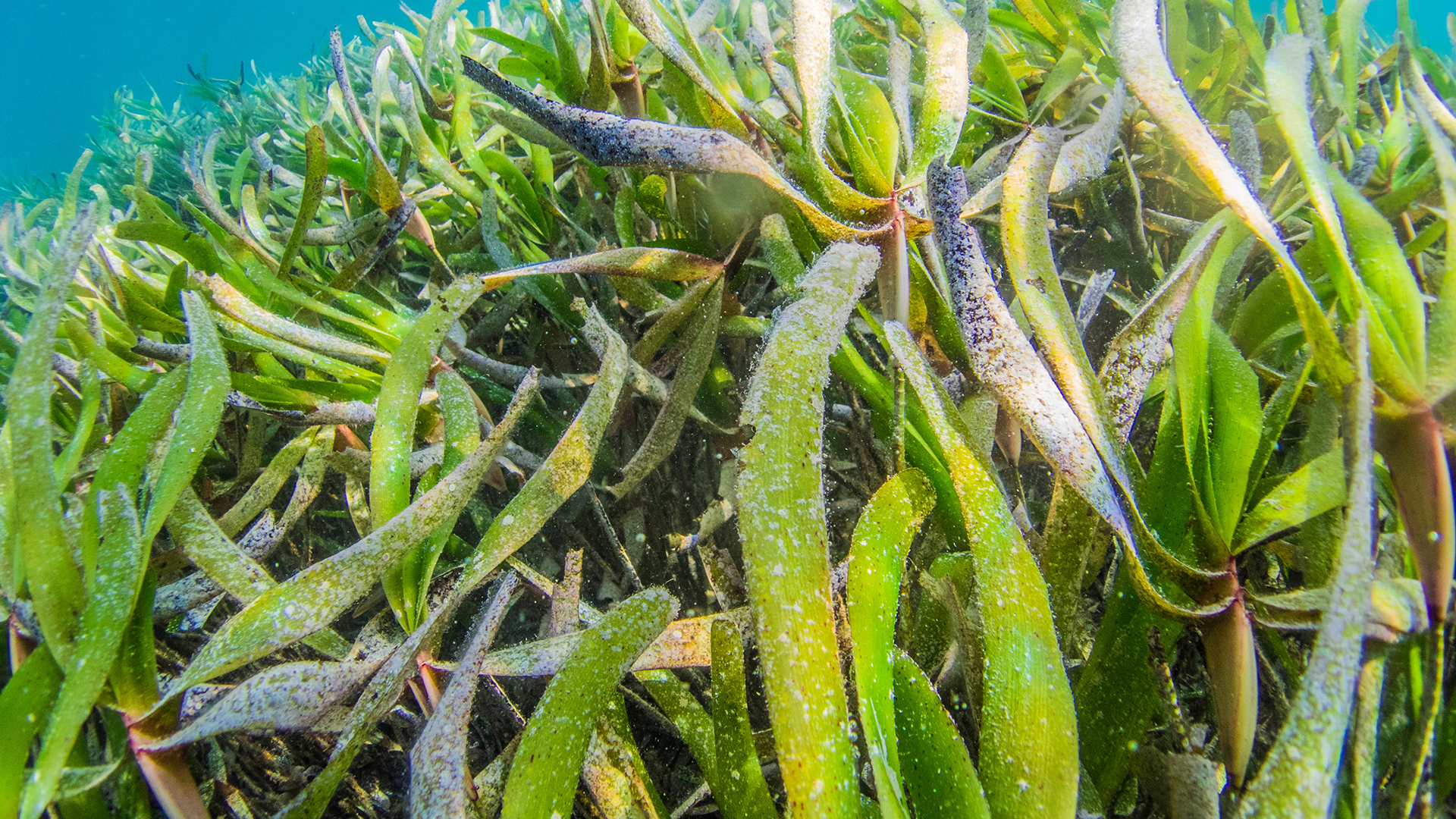Just like forests on land, seagrasses are excellent at absorbing and storing carbon, which can help reduce the impacts of climate change.

Globally, seagrasses store nearly 20 billion tons of organic carbon, as much as is stored in the world’s marine tidal marshes and mangrove forests combined, the two other main parts of blue carbon ecosystems.
However, lost or degraded seagrass meadows not only lose their ability to trap carbon, they also gradually release already-stored carbon. Emissions from seagrass degradation globally could reach 0.65 gigatonnes* per year — equivalent to yearly emissions from the entire global shipping industry.
Accounting for seagrasses’ climate change mitigation and adaptation benefits is important for encouraging policies that protect and restore such ecosystems.
*Source : SR15_Chapter3_Low_Res.pdf (ipcc.ch)
